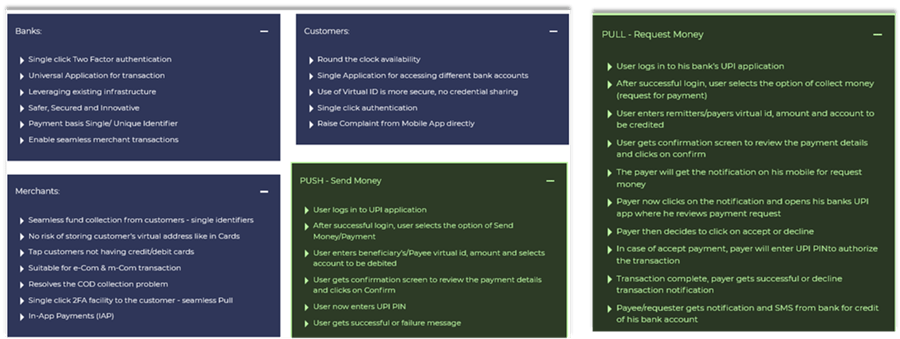The modern world of ‘Agile’ delivery gets symbolized by the famous process frameworks that help the execution of projects/product development. The most common, almost a household name, amongst such frameworks is Scrum.
Scrum is a very simple and effective framework that puts a lot of discipline and rigor as well as a lot of rhythm and fun, of incremental and iterative delivery of value. Scrum has also made famous two roles - Scrum Master and Product Owner. While the former is a manager of the processes, the latter governs, guides and steers what should the final product look like. In this article I would concentrate on the role of a Product Owner.
Product Owner is the voice of the customer and over the years, Technology Project Manager or Business Analyst (usually from technology department) have taken up this the role. The crux of the role lies in having a broader vision for the product and what it is expected to achieve for the end-user. Therefore, a product owner usually collaborates with the stakeholders and/or customers of the product to understand their requirement, and to build a vision for the same.
A list of features that the product should have is put together in what is called a backlog, and as ambiguities are resolved a clearer picture of the backlog keeps emerging. The clearest items which are expected to give the highest value outcome are developed and a working product starts forming and gets refined with feedback from real users. The Product Owner keeps providing regular updates to the stakeholders about the progress of the product developments.
Scrum Framework defines a repeated cadence of events that happen in a timebox, and the product owner comes together with the rest of the Scrum Team to keep clarifying the ask, the value it gives, and how that should ideally turn into a successful outcome. In this article, I would not go into those details because that is just a very small proportion of a good product’s lifecycle.
Product owner is accountable for translating maximizing the value of the product resulting from the work of the company, and how this is done may vary widely across organizations from teams and individuals.
The product owner is also accountable for effective product backlog management which includes:
- Developing and explicitly communicating the product goal
- Creating and clearly communicating product backlog items
- Ordering product backlog items
- Ensuring that the product backlog is transparent visible and understood
Source: The Official Scrum Guide (https://ScrumGuides.org)
Is anything wrong? You might ask.
Not all the time, my friend. But the following scenario might also play out. While there was feedback on the increments of the product during its development, a working software product went out to the market, but … people aren’t using it! The few that started to use it stopped using it after just a few days. The ways of working during product development would pass scrutiny by Agile purists! But the product was not successful!
So has Agile failed?
The answer is a No. The above was just a ‘blind’ following of a faith called Scrum. It was not exactly Agile. Let us try answering a little more.
The modern world is a mean place, my friend! Here the products that sell might even be free, for e.g. Facebook, LinkedIn, Amazon app, banking app, etc. is free for mosr consumers. But how a digital product makes money needs to be understood too. If “Product Owner” just restrict their existence to creating a good-looking digital interface and an easy UX, then it might be of little avail.
Let us now add a little more twist in the context of the modern fintech world and it becomes even scarier. The regulators might define what your product must have, think of the rules of FATCA, GDPR or a small digital payment product ecosystem called the Unified Payment Interface or UPI. NPCI (National Payments Corporation of India) is a regulating body under RBI who has been defining this initiative called UPI aimed towards making the country ‘less-cash’ economy. It keeps defining what is in it for different participant entities. It also pretty much defines how each transaction is expected to flow and the expected behaviors for the actors. It mandates a few conditions to be fulfilled by the organization developing a UPI based app in terms of the volume of closed group testing etc., as well as it mandates an independent testing and certification by their own agents.
 Source : UPI Product Overview
Source : UPI Product Overview
With all of that already defined in detail, the role of the Product Owner seems to be quite straight forward. Such a product can be implemented by just resolving dependencies in partnership with NPCI and then prioritizing the different features in the order of the technical team’s understanding and design readiness, or in the order of the readiness of a test environment and so on.
It is no mean task (please don’t get me wrong!) but still it is just a ‘project’ that you would achieve in a few months/years. Is that the ‘product’ also done? Far from it!
Is there no use being a Product Owner?
Again, the answer is a No.
Relax, my friend! I have taken a bit of an extreme example of UPI product which is usually a free product offered by large organizations like bank or fintech players. But this is one of the easiest examples that would help me elucidate how a Product Owner role needs to be looked at from a panoramic lens to make a product to be more viable and successful. So, let us assess. Staying with this example of UPI, you would say regulations would change, technologies would emerge and I will have to keep abreast. You are partly right.
But consider that this is a very competitive market already, even in a large geography like India. There are a few major players like the Googles and the Amazons of the world, apart from very large banks as well as significant fintech companies whose USP has been built on the virtual payment proposition. So just having a working product wouldn’t be called successful. It must establish a place in this congested market!
Inspect, explore and adapt to grow yourself
And so, I come to the real crux of what I want to evoke in all Product Owners. We would need to grow, look to compete, to lead the field rather than keep abreast.
What can be done?
- Spend time analyzing all that is happening in the virtual world across domains - not stopping at just finance or fintech but going even into as varied fields as fashion and performing arts.
- Do we have the right analytics to look at how our customers are liking or disliking our product? How can we make their experience better?
- What are the cross-selling and up-selling opportunities that we can explore based on customer analytics?
- Margins are low and per transaction earning is small – so how can we bring volumes? Do we partner with significant players in any industry to offer incentives to use my product; what do I need in my product - workflows, analytics and reporting to explore and exploit such partnerships?
- What features can I add so that the customer wants to come back to it again and again. In the old world we used to go to a bank branch perhaps once a week or even less. Can I have my customer use my banking app multiple times a day? Can I gamify the experience for my customers with Scratch cards, membership points, user stories and reels, contests, NFTs?
- Can I create peer groups, communities or tribes that inspire customers to competitively use my product with enthusiasm and passion?
Let your imagination loose and perhaps brainstorm with your team and stakeholders.
My Product Owner friend, try to really become the “CEO” of the product, growing into the role of Product management.
The decisions you would then make, in your day-to-day role of Product Owner, would start reflecting too. For the sake of your organization’s profitability, you might become better equipped for even decisions of such fundamental nature as, whether to build or buy!
In Conclusion
Explore and inspect or inspect and then explore, but you must be ready to adapt/pivot and change directions. Those are the true essence of Agile.
Scrum, Kanban, Scrumban, SAFe or Nexus …. These are just names!
Project Lead/Manager, BA, or Product Owner ... are just roles!
“A rose by any other name would smell as sweet “!
Bring out your flair, your own scent, your flavor to let your product bloom and flower!





